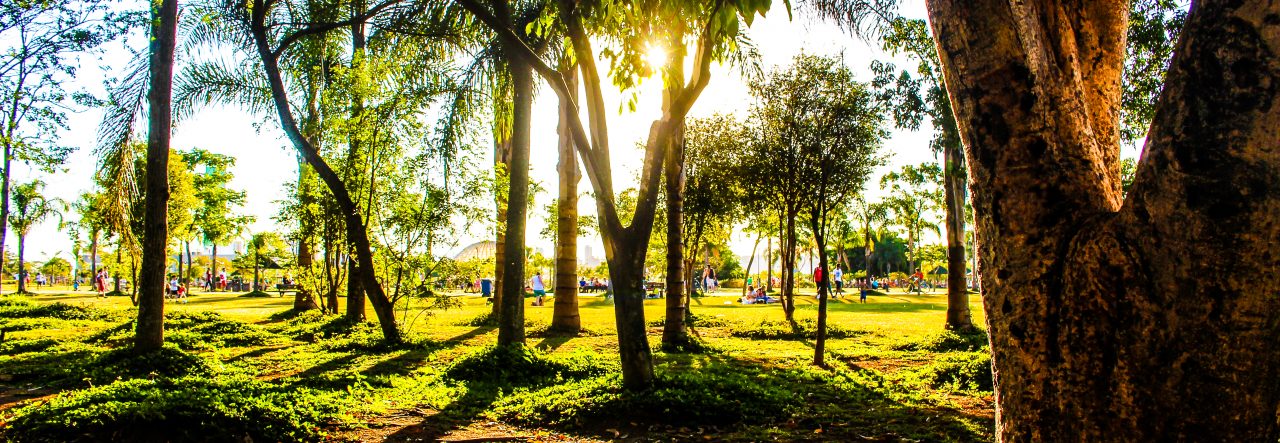Baby John is the farmer who owns 100 acres of land about 70 of which is already in various orchards. they have a sustainable agriculture history here in India which they have mainly abandoned in favor of the green revolution , monoculture and chemicals. On this farm all the orchards are monocropped trees, with some other fruit and neem and teak trees.
He wants me to help him turn them into food forests — what they call plantations hereabouts — meaning to interplant with other trees, especially nitrogen fixing trees and trees that like some shade, like pomegranite and limes, along with fruit, vegetables and medicinal herbs. when it is all done there will be no need for fertilizer and with less watering and not watering inside the drip line hopefully no more disease and insects. such a blessed responsibility for me to take this on. i will also get the right to use this as my demonstration site, profit sharing and he will even build huts for folks to come and study here.
The family has quite a high end house, which like all houses that i have seen in india are open to the surroundings. i believe the idea is that the lizards on the walls eat the mosquitos and such like, also good for ventilation to have things open. i have been living here for almost a month. my room overlooks coconut trees and a about an acre field of grapes as well as flowering trees. i hear bird sounds all day long.
The night before i arrived, a mother goat who had just birthed 2 babies died. the baby goats have been under my care as well as a mother goat and the goat herd. they are just darling, they are small size goats will probably only grow to 2 feet tall, now they are one foot tall. i get to feed them a bottle of milk morning and evening.
Gere is a story about the amla orchard and the goats.
There are maybe 1000 omla trees here. Omla trees are also called Indian gooseberry. the only resemblance to our gooseberries that i can see is that they look like a gooseberry. Baby John and i have discussed planting limes and moringa, a nitrogen fixing tree (with amazing healing properties, as in cures aids), vegetables, fruits and medicinals in amongst them to create what i call a food forest and plantation seems to be the name for this kind of thing here.
i wanted to measure the distance between the trees to see how much room i had for new items and figure out a pattern of how to plant them. i decided to take the baby goats along with me. every morning a goat herd takes the big goats somewhere for a walkabout. this morning they were out in the omla orchard. so i let the babies go play with them, something i had been wanting to do as i thought they needed goats to show them how to eat real food. they are about 15 days old now and it is time for learning to graze.
on the way out to the omla orchard the baby goats were very happy leaping up on all fours, dancing and prancing.
sure enough the mama goat who has been sleeping with them took them over and they spent maybe an hour foraging. she was a little upset with me for taking them away from her, but the goat herd was not happy with them being there, have to find out what was going on about that.
he had a knife with him, so maybe there is a snake threat.
i had a concern afterwards that me taking them out so far away was not a good idea as small young animals are the perfect prey. and i did some wariness about how to protect them from snakes. i have only seen 2 snakes here but they were both 3 inches thick and although i could see 3 feet of length, i could not see the end of the snake. today i figured out that maybe i could take some of the dogs with me so they would scare off the snakes.
something sweet happened this morning. after that excursion the girl baby goat has not been drinking her milk and is sickly. i had her on my lap giving her a healing when she turned her head up and put it on my belly and gave me a soulful look. i was already in love. . . . they are so cute. this are just about one foot high and tiny everything.
there are lots of lovely bird sounds and mountains in the distance everywhere i look. the down side is it is too hot for me except in the very early mornings and so i am not very motivated to work outside.
i am trying to work with myself, checking in with my inner linnette (a good friend) who tells me it is okay to not push myself. the inner charlotte says that if i push myself i will get used to it, but the body just says no.
the good news is that once the monsoon comes the temperature will be 10-15 degrees cooler than the current 100 degrees and hopefully that will work for me. It is fortunately not usually humid.
i want to recommend this video about a wife and husband team that planted 4000 acres of trees in sand dunes over 28 years. quite moving.
–
